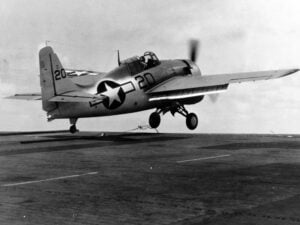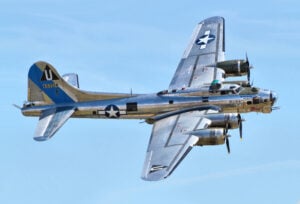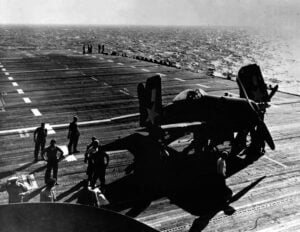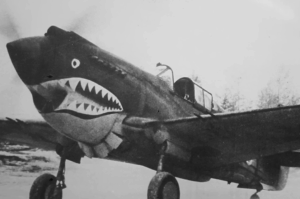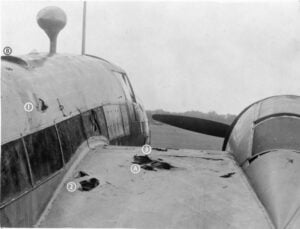History’s First Female Fighter Ace of WWII
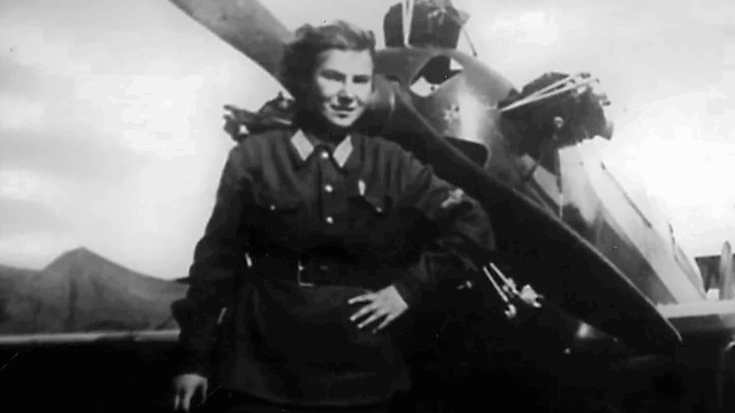
Military Legends / YouTube
Women on the Soviet Front Line
During World War II, the Soviet Union was the only country that allowed women to serve in combat roles at the front. While Soviet philosophy promoted equality between men and women, putting that belief into practice faced obstacles. Many commanders and male soldiers resisted the idea of women fighting alongside them.
Marina Raskova, a well-known aviator in the Soviet Union, used her reputation and influence to convince the leadership to form all-female air regiments. Her efforts led to the creation of three such units. Thousands of women applied, and those selected took on full responsibilities. They flew combat missions, served as navigators, mechanics, gunners, and also maintained and armed the planes. Together, they flew more than 24,000 combat sorties.
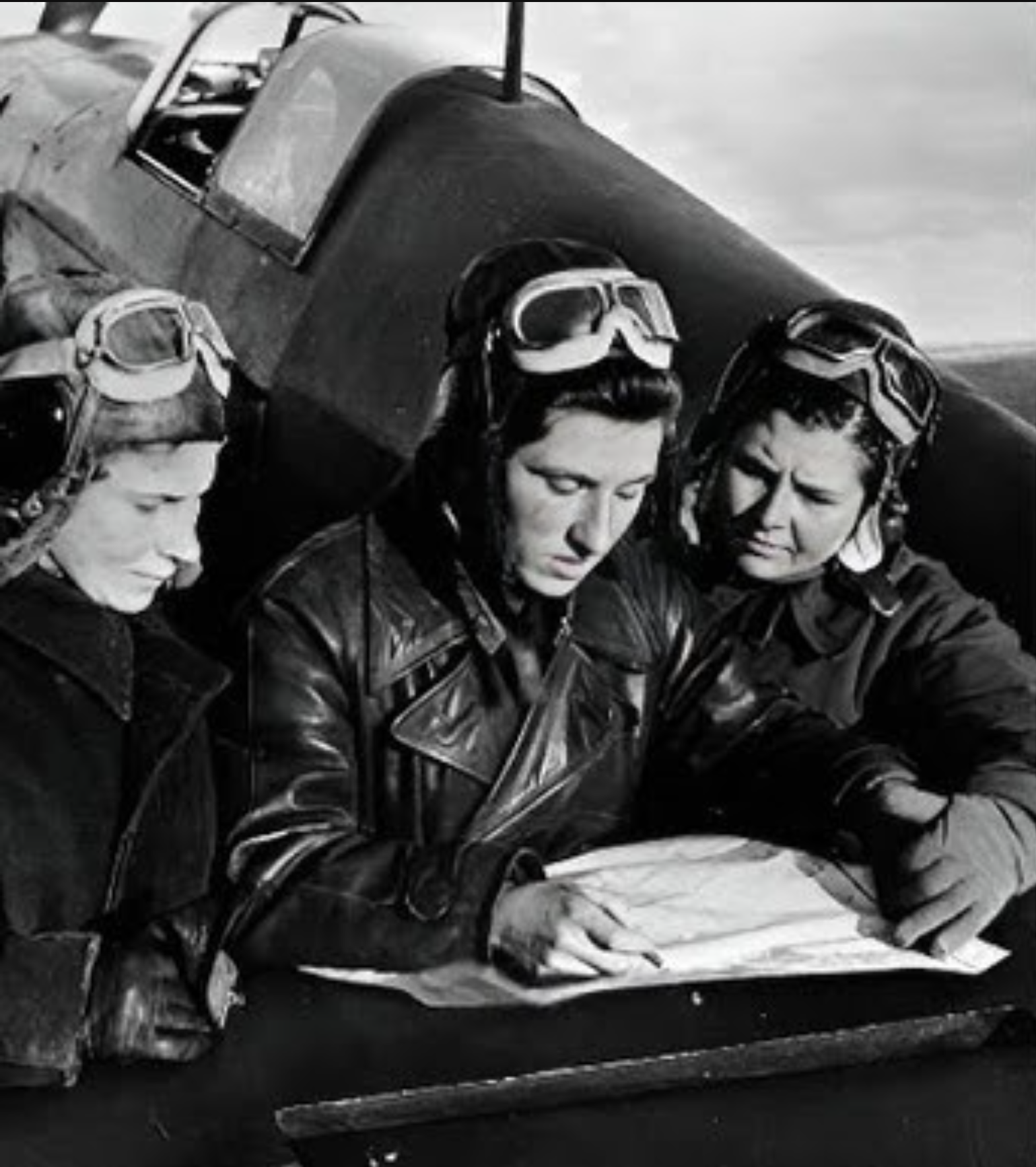
The All-Female Regiments
The three main units were the 586th Fighter Aviation Regiment, the 587th Bomber Aviation Regiment, and the 588th Night Bomber Aviation Regiment. The third group, which flew night missions, was nicknamed the “Night Witches” by German soldiers. Because of their success, the bomber regiments were later renamed as Guards units, a special honor in the Soviet military.
Besides these three official units, some women served in mixed-gender squadrons, flying and fighting alongside male pilots. An estimated 3,000 women served in the Soviet Air Force out of more than 800,000 women in the Soviet military. From this group came the only two confirmed female fighter aces of the war: Lydia Litvyak and Katya Budanova.
Lydia Litvyak’s Early Career
Lydia Litvyak, often called Lilya, was born in Moscow in 1921. She learned to fly light aircraft by the age of 15 and became a flight instructor in her teens. By the time German forces invaded the Soviet Union in 1941, she had already trained dozens of new pilots.
At first, she was turned away when she applied to a front-line unit. Some thought she lacked enough hours of flight time. To get around this, she added false hours to her application—enough to be accepted into the 586th Fighter Regiment. There she trained on the Yak-1, a Soviet-built fighter aircraft.
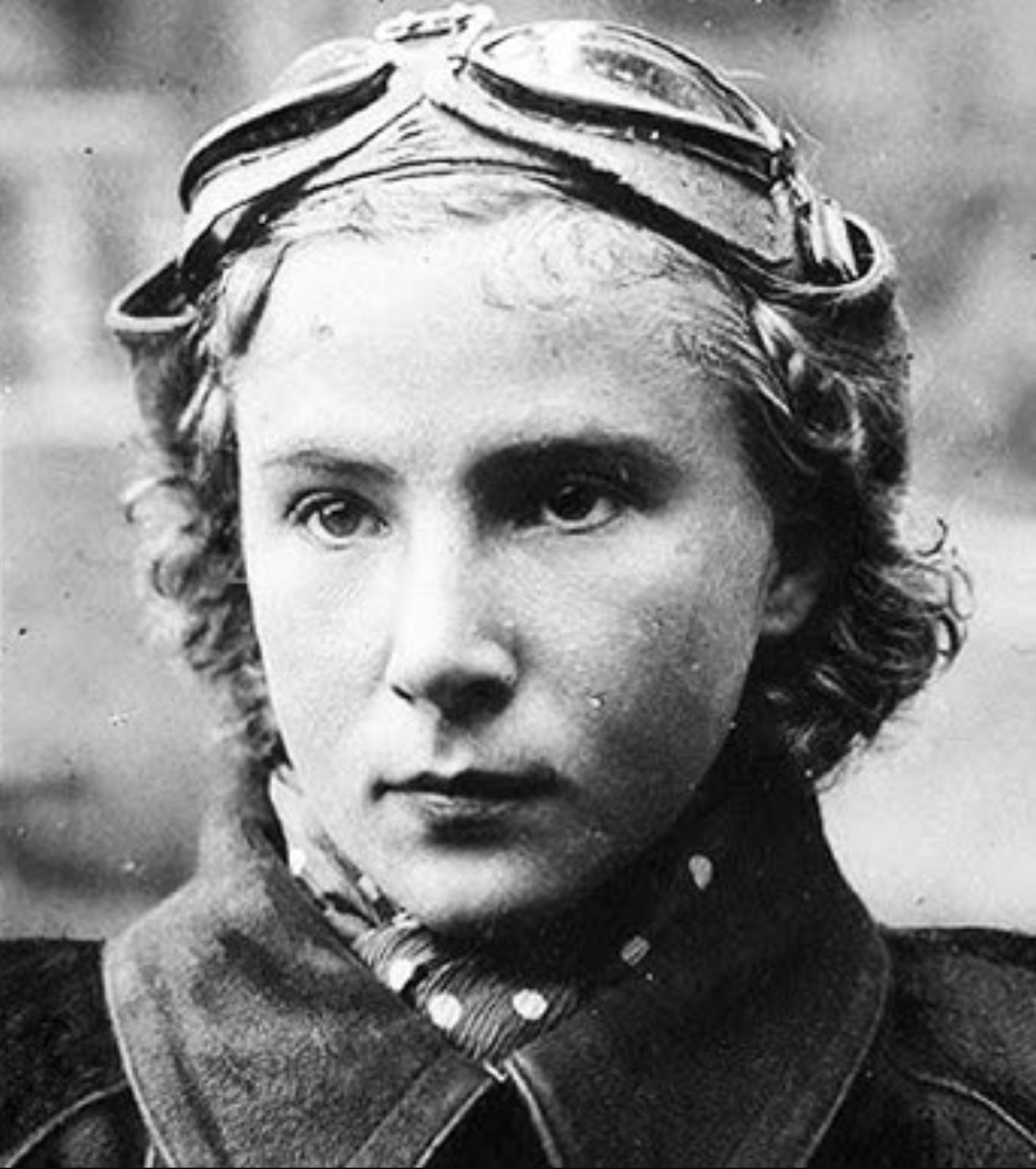
Fighting at Stalingrad
In late 1942, Litvyak transferred to the 437th Fighter Regiment during the battle of Stalingrad. Her male commanding officer doubted her place in combat. She sometimes clashed with leadership, even performing aerobatics without permission. Still, the battle was so intense that her actions were mostly overlooked. At this point in the war, every available aircraft and pilot was needed.
She quickly proved herself in combat. On 13 April, during only her second mission, she shot down two enemy aircraft: a Ju 88 bomber and a Bf 109 fighter. One of her targets was flown by Erwin Maier, a German ace with 11 victories. After his capture, he reportedly asked to meet the pilot who had shot him down and was shocked to see a woman.
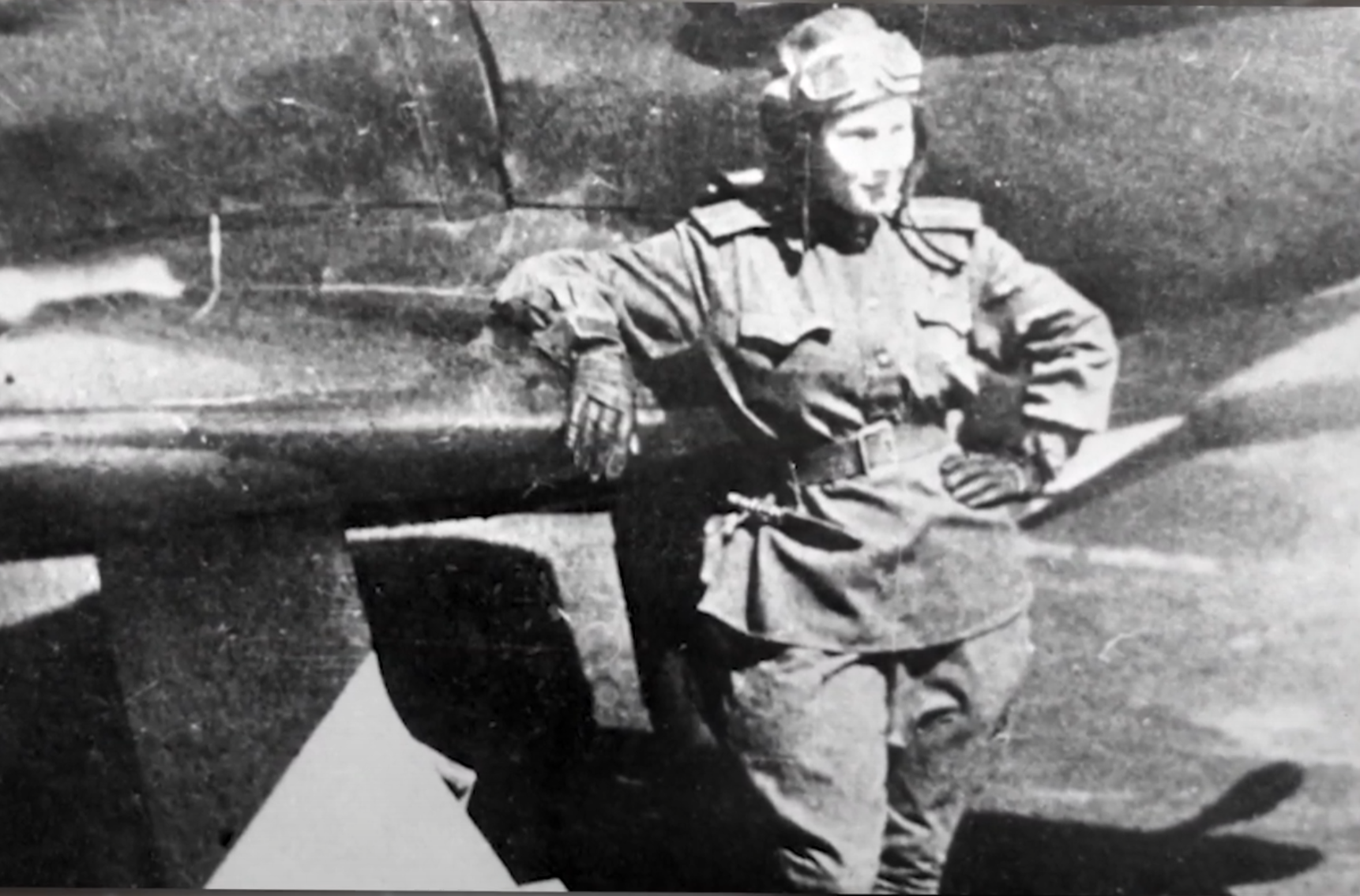
The “White Rose” of Stalingrad
Stories later referred to her as the “White Rose of Stalingrad,” but this came from confusion. Some said her aircraft was decorated with a white flower. In truth, Soviet propaganda helped spread this idea. Her ground crew later confirmed that no such markings were ever on her plane, which was shared with other pilots.
By the end of 1942, she had transferred to the 9th Guards Fighter Regiment, and soon after, to the 296th Fighter Regiment. While many units switched to flying American-built P-39s, Litvyak and the other female pilots continued flying Yak fighters.
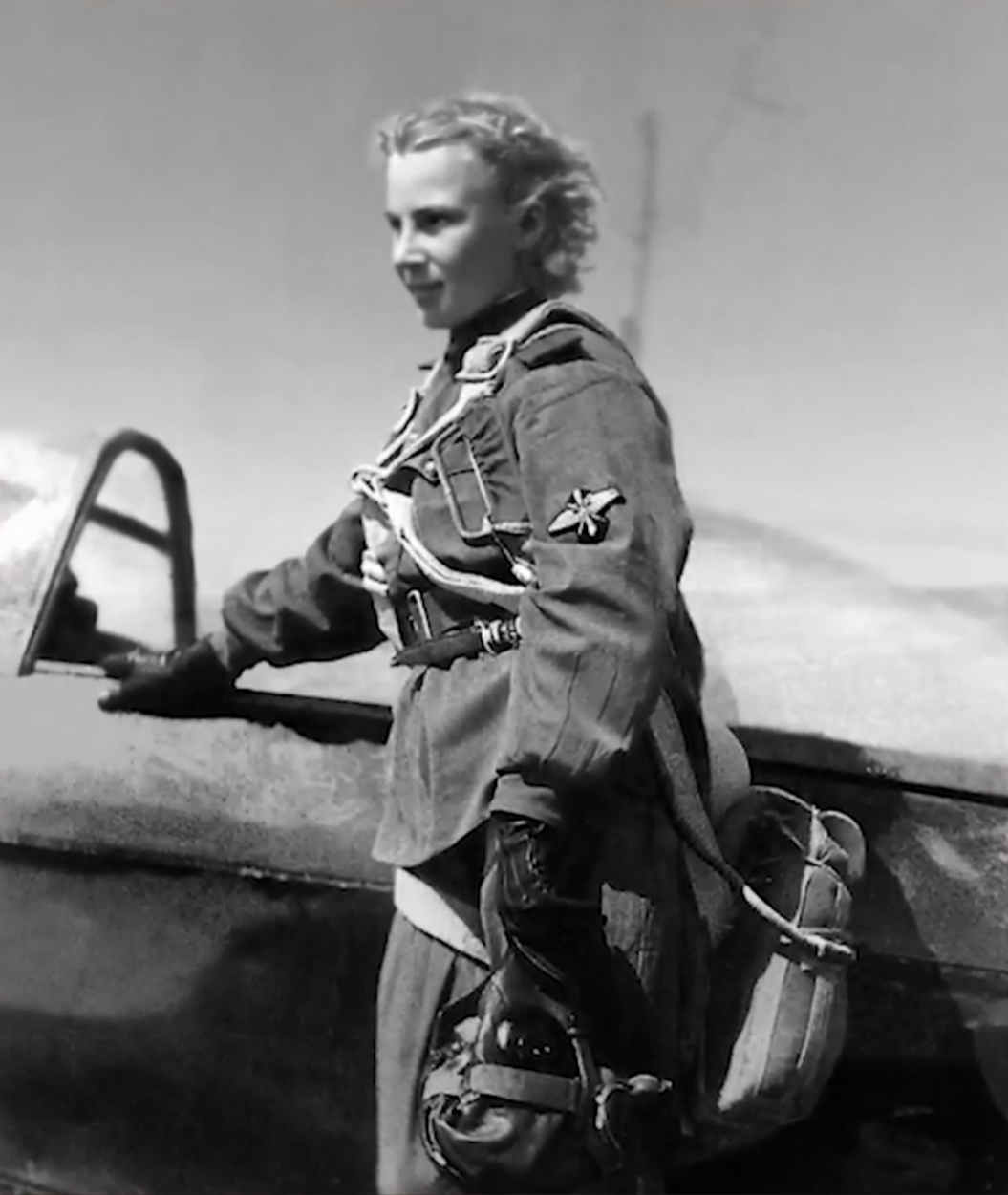
Her Final Missions
On 23 February 1943, Litvyak received the Order of the Red Star and was promoted to Junior Lieutenant. She was soon selected for “free hunts”—missions where experienced pilots could choose their targets without direct orders. On 22 March, she was wounded in combat after downing another bomber. She made an emergency landing but refused to take time off, even after being injured again in July.
On 1 August 1943, during her fourth mission of the day, she disappeared. She had been escorting ground-attack planes and was last seen engaging enemy bombers. Her Yak was damaged and trailed smoke, followed by several Bf 109s. No parachute or crash site was found, and her body was not recovered. At the time, there were fears she might have been captured.
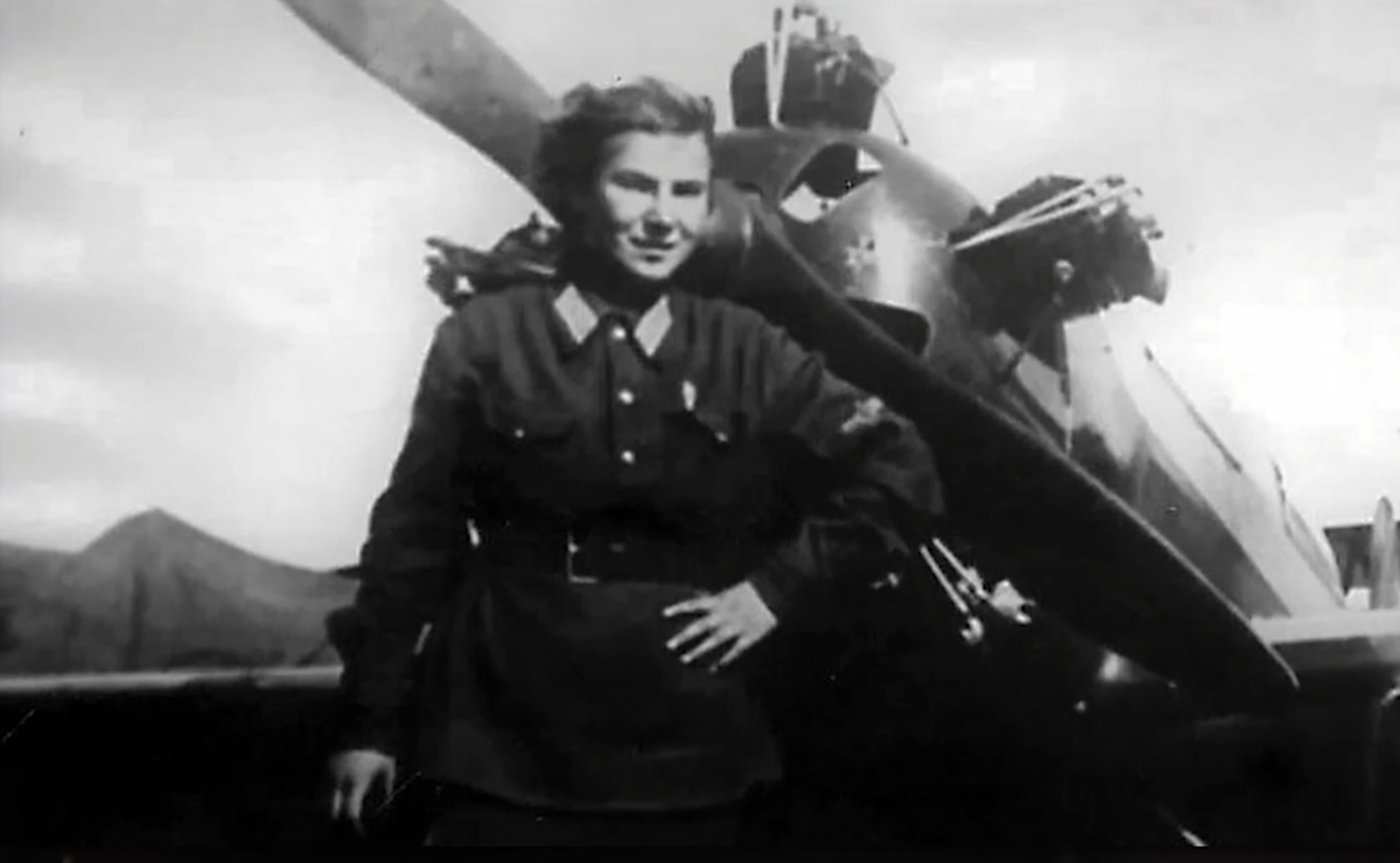
Recognition After Death
Because of the concern over capture, Litvyak was not immediately honored with the Soviet Union’s highest award. It was not until 6 May 1990 that President Mikhail Gorbachev posthumously awarded her the title Hero of the Soviet Union and confirmed her promotion to Senior Lieutenant.
Lydia Litvyak was officially credited with 12 solo kills and four shared victories across 168 missions. Her total slightly surpassed fellow female ace Katya Budanova, making her the highest-scoring female fighter pilot in history.















